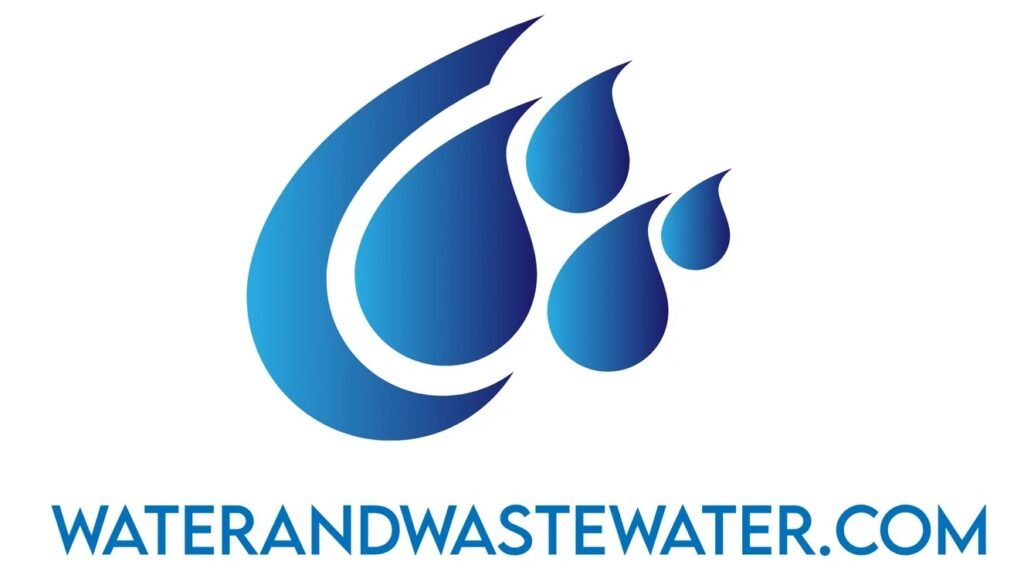
Tag: disinfection
Wastewater treatment is a critical process that ensures the safe disposal and potential reuse of water that has been contaminated through various human activities. One of the most widely used methods for disinfecting wastewater is chlorination. This article explores the intricacies of chlorination in wastewater treatment, from its historical background and chemical principles to its […]
Plasmonic Nanoparticle-Enhanced Water Treatment: Revolutionary Approaches and Future Prospects Introduction The quest for clean and safe drinking water is as ancient as civilization itself, and it persists as one of the most pressing challenges worldwide. With increasing population, industrialization, and climate change exacerbating water scarcity and contamination, innovative approaches to water treatment are […]
Bend, Oregon, is a vibrant city known for its natural beauty, pristine rivers, and burgeoning population. As the city has grown, so too has the need for robust infrastructure to manage its wastewater. Enter the Bend Wastewater Treatment Plant, a crucial facility that ensures the community’s wastewater is treated efficiently and sustainably. This article explores […]
Ozonation is a powerful method used to treat water and ensure it is free from harmful contaminants. This process involves generating ozone, an unstable gas, by applying a high voltage to oxygen molecules. Ozonation effectively disinfects water, making it safe for consumption and other uses. Using ozone in water treatment offers significant advantages over other methods. […]
Ultraviolet (UV) disinfection is a powerful method for making drinking water safe. It uses UV light to kill harmful bacteria and viruses in the water. This technology is popular because it doesn’t add chemicals to the water, making it a clean and green option. UV disinfection systems are used in many places, from large water […]
Chemical water treatment is crucial for ensuring safe and clean water for various uses, including drinking, industrial processes, and agriculture. By understanding and applying effective chemical treatment methods, we can significantly improve water quality and reduce harmful contaminants. These methods often involve processes like coagulation, flocculation, and chlorination, which help remove impurities and make water safer […]
Water is essential for life, but ensuring its purity can be challenging. Physical water treatment involves various methods to remove contaminants without using chemicals. This approach maintains water quality using mechanical processes like filtration and sedimentation. Different techniques are used for physical water treatment, each addressing specific needs. For instance, membrane filtration and activated carbon filtration […]
Pulsed electric field (PEF) technology is a promising method for treating water and other fluids. This innovative technique uses short pulses of high voltage electricity to disrupt the cell membranes of microorganisms, effectively killing them and providing a safe and efficient way to treat water for various applications. In this article, we will explore the […]
Floating photovoltaic (PV) water treatment systems are a cutting-edge technology that combines solar power generation with water treatment capabilities. This innovative approach to sustainable water management has the potential to revolutionize the way we address water scarcity and pollution, particularly in regions where access to clean water is limited. In recent years, the global water […]
Ferrate is a powerful, environmentally friendly water treatment solution that has gained increasing popularity in recent years due to its ability to effectively treat a wide range of contaminants and provide superior results compared to traditional methods. In this article, we will explore the properties of ferrate, its applications in water treatment, and the advantages […]